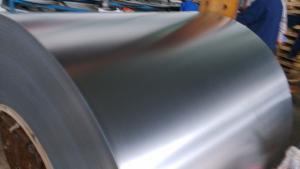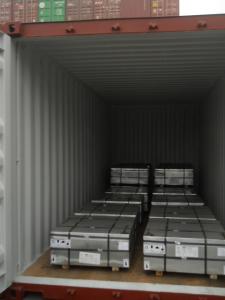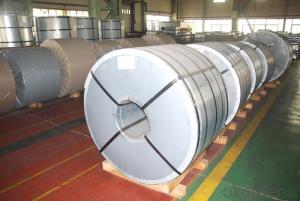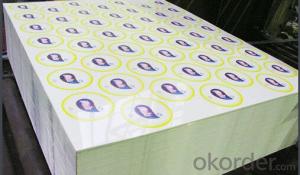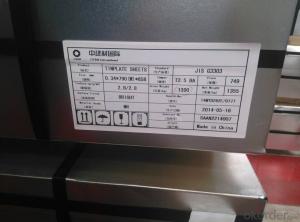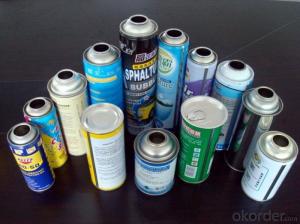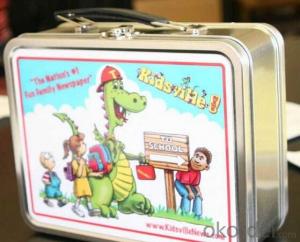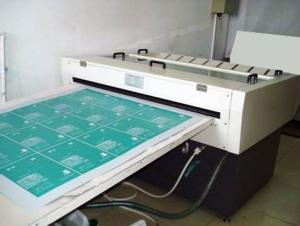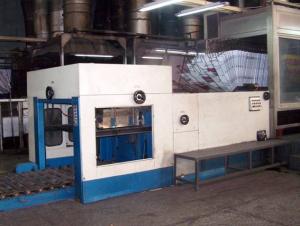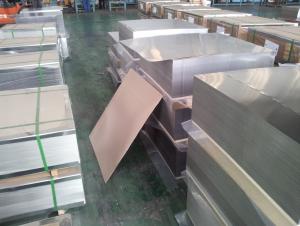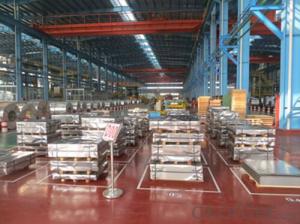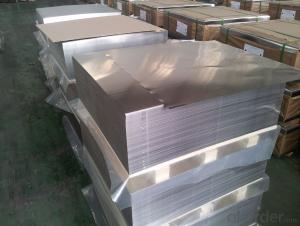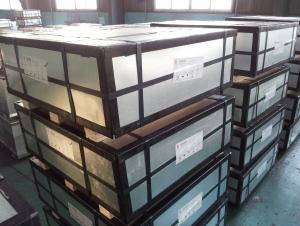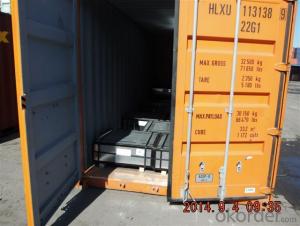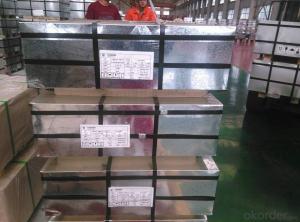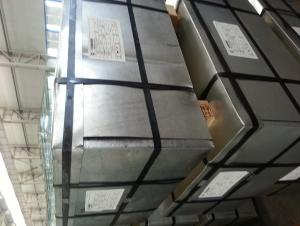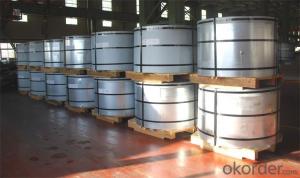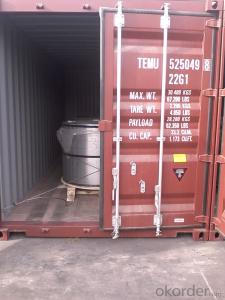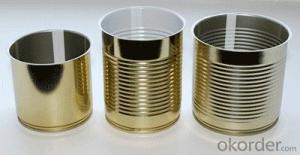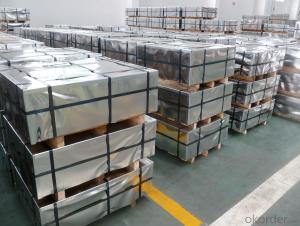Mth Blue Comet Tinplate
Mth Blue Comet Tinplate Related Searches
Mth Tinplate Blue Comet Lionel Tinplate Blue Comet Mth Tinplate Comat Tinplate Mth Tinplate Catalog Mth Tinplate Set Mth Tinplate Christmas Mth Standard Gauge Tinplate Mth Tinplate For Sale Mth Tinplate Trains Tinplate Coating Mth O Gauge Tinplate Tinplate Material Etp Tinplate Printed Tinplate Mth Tinplate Catalog 2017 Thyssenkrupp Tinplate Crown Tinplate Tinplate Can Thai Tinplate Tinplate Cover Tinplate Submarine Spte Tinplate Tinplate China Buy Tinplate Turkey Tinplate Mth Lionel Tinplate Tinplate Metal Tinplate Tins Italy TinplateMth Blue Comet Tinplate Supplier & Manufacturer from China
The Mth Blue Comet Tinplate is a collection of high-quality model train products that cater to the needs of train enthusiasts and collectors. This product line includes a variety of locomotives, rolling stock, and accessories that are meticulously crafted to replicate the iconic Blue Comet train. The Mth Blue Comet Tinplate is designed for use on model train layouts and provides an immersive experience for hobbyists who appreciate the historical significance and visual appeal of this classic train.The Mth Blue Comet Tinplate is widely used in various settings, such as home model train setups, exhibitions, and educational institutions. It offers a realistic representation of the Blue Comet, allowing users to recreate the excitement and nostalgia of this legendary train. The tinplate construction of the Mth Blue Comet Tinplate ensures durability and longevity, making it a popular choice for both casual and serious model train enthusiasts.
Okorder.com is a reputable wholesale supplier of the Mth Blue Comet Tinplate, boasting a vast inventory of this sought-after product. As a leading distributor, Okorder.com ensures that customers have access to a comprehensive range of Mth Blue Comet Tinplate items, catering to different preferences and requirements. With their extensive stock and commitment to customer satisfaction, Okorder.com is the go-to destination for those looking to purchase the Mth Blue Comet Tinplate at competitive prices.
Hot Products

